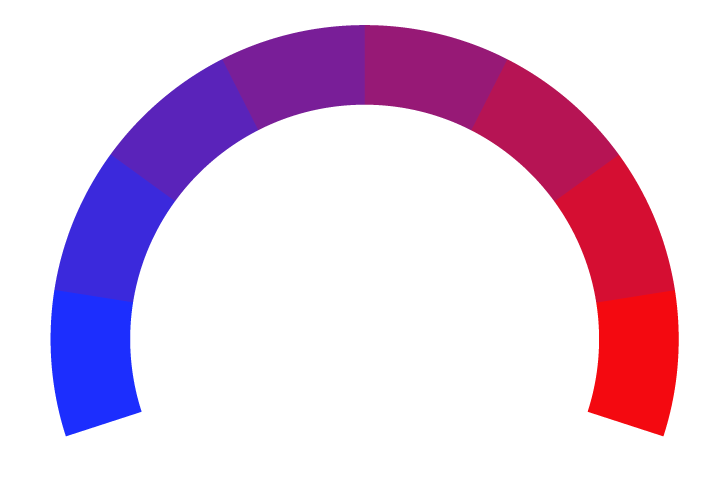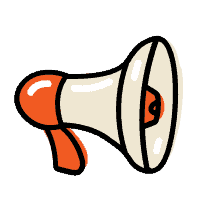Here's What Happened After Affirmative Action Ended In These 4 States
- Bias Rating
16% Somewhat Conservative
- Reliability
65% ReliableAverage
- Policy Leaning
16% Somewhat Conservative
- Politician Portrayal
N/A
Continue For Free
Create your free account to see the in-depth bias analytics and more.
Continue
Continue
By creating an account, you agree to our Terms and Privacy Policy, and subscribe to email updates. Already a member: Log inBias Score Analysis
The A.I. bias rating includes policy and politician portrayal leanings based on the author’s tone found in the article using machine learning. Bias scores are on a scale of -100% to 100% with higher negative scores being more liberal and higher positive scores being more conservative, and 0% being neutral.
Sentiments
N/A
- Liberal
- Conservative
| Sentence | Sentiment | Bias |
|---|---|---|
Unlock this feature by upgrading to the Pro plan. | ||
Reliability Score Analysis
Policy Leaning Analysis
Politician Portrayal Analysis
Bias Meter
Extremely
Liberal
Very
Liberal
Moderately
Liberal
Somewhat Liberal
Center
Somewhat Conservative
Moderately
Conservative
Very
Conservative
Extremely
Conservative
-100%
Liberal
100%
Conservative

Contributing sentiments towards policy:
56% : The effects of the Supreme Court's decision to strike down affirmative action will take time to materialize -- but a 2013 Harvard study found that after affirmative action ended in key states "sharp declines" in the workplace followed for Asian women, Black women and Hispanic men.51% : Critics have argued that in addition to White and Asian students being discriminated against, affirmative action takes away from the achievements of minority students in favor of satisfying quotas.
51% : The future of affirmative action: Experts explain the upcoming Supreme Court cases (Temple University)
46% : Bans on affirmative action at universities, which greatly impacted minority student populations, are not unprecedented.
37% : When the University of California system eliminated affirmative action in 1995, the number of Black and Latino students accepted by Berkeley and UCLA was cut by nearly half by 1998, the first year affected by the ban.
*Our bias meter rating uses data science including sentiment analysis, machine learning and our proprietary algorithm for determining biases in news articles. Bias scores are on a scale of -100% to 100% with higher negative scores being more liberal and higher positive scores being more conservative, and 0% being neutral. The rating is an independent analysis and is not affiliated nor sponsored by the news source or any other organization.






















 Forbes
Forbes